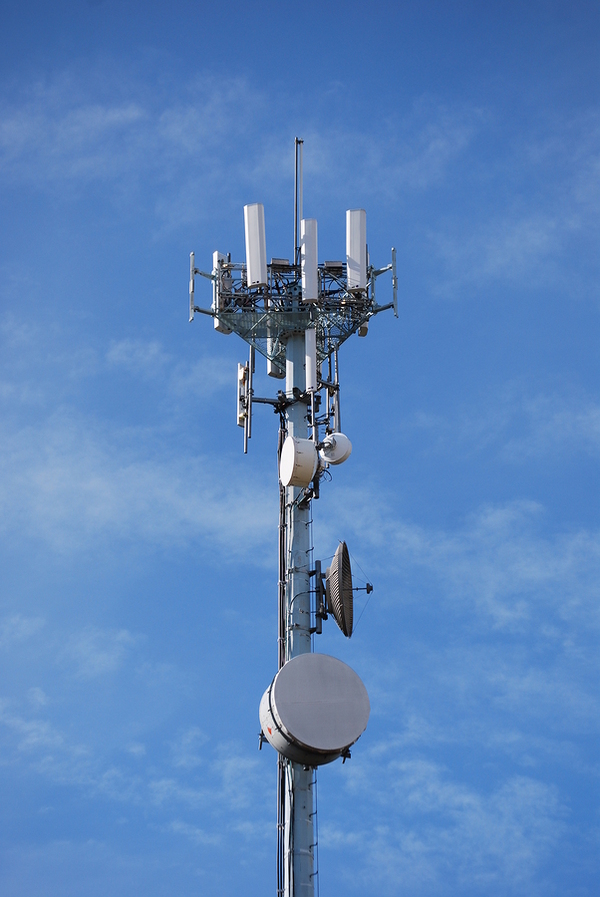Are usually safest distance from your 5G cell Tower?

If you've ever wandered through a town and spotted tiny 5G cell towers on street light poles. They look like little boxes however, they're actually transmitting wireless signals from cellular providers to your phone.
They are replacing larger built cell towers. Although they're not as visible, they still can create problems for those who live nearby.
A FCC's Radiation Exposure Thresholds
The FCC's Radiation Exposure Thresholds determine the maximum amount of time a person can be exposed to electromagnetic energy generated by wireless devices. The limits for exposure are based on research which show that the energy of RF can be harmful to health.
The absorption rate specific (SAR) is an indication of the amount of radiofrequency energy taken up by tissues. It's typically 1.6 Watts per kilogram spread over a Gram of tissue.
Since 5g is able to transmit at higher frequencies, it has the potential to create more energy on the skin and other exposed body parts. This could result in various possible harms, like the development of skin diseases like dermatitis, cataracts, and skin cancer.
Because of the potentially negative effects of 5G radiation, PSU has chosen to create a general maximum power density of four mW/cm2 averaged on 1cm2, but not exceeding 30 minutes for all 5G services at 3000 GHz. This limit for localization is in line with the maximum SAR that is spatially averaged at 1.6 W/kg, averaged over one 5 grams of body tissue, at 6 GHz.
The FCC's Maximum Exposure Thresholds
If you've ever used a cell phone, you probably know that a safe location from the tower is around 400 meters. This is due to the transmitting power of a cell tower increases dramatically the further your location from the tower.
Although this may sound like something that's good but the truth is that those living close to towers could be more vulnerable to health problems. For example, a study from 2014 in India discovered that people living within 50 meters of cell towers experienced significant more health issues than those who lived farther far from antennas.
But, the study found that people who moved to areas further away from cell towers noticed their symptoms improve within a few days. what is a safe distance from a cell tower has revealed that exposure to high amounts of electromagnetic field radiofrequency (EMFs) could cause brain tumors, cancer as well as other health issues.
what is a safe distance from a cell tower is because RF radiation, which is utilized for wireless communication, has the ability to penetrate the human body's outer layer, which is the skin. This is important to understand since the skin serves as a shield against injuries caused by mechanical forces, infections caused by pathogenic microorganisms and entry of toxic substances. Additionally, it is the biggest organ of the human body and is accountable for protecting other organs.

safe distance to live from cell phone tower are based on several assumptions that aren't supported by scientific research. These include the erroneous assumption that short-term exposures to RF radiation are safe due to minimal radiation penetration in the human body (i.e. the heating of tissues).
The assumption also ignores the greater penetration of ELF parts of modulated RF signals and the effect on the body of short bursts caused by RF pulses. These assumptions are not in line with current understanding of the biological effects of RF radiation. As such, they should not be relied upon for health-protection exposure guidelines.
In addition to that, ICNIRP and FCC restrict their maximum limit of exposure to the local SARs based on the maximum speed of spatial absorption (psSAR), which can be described as not a sufficient dosimetric tool to assess the amount of radiation exposure. Particularly it is inconclusive for frequencies above 6 GHz. Additionally, psSAR hasn't been tested for RF radiation that is exposed to other environmental agents , such like sunlight. Interactions of RF radiations with different environmental agents could cause synergistic or antagonistic effects. This could result in the risk of having adverse health consequences. For example, co-exposure to RF radiation with sunlight may raise the chance of developing skin cancer, as well as aggravate other skin diseases such as acne.
